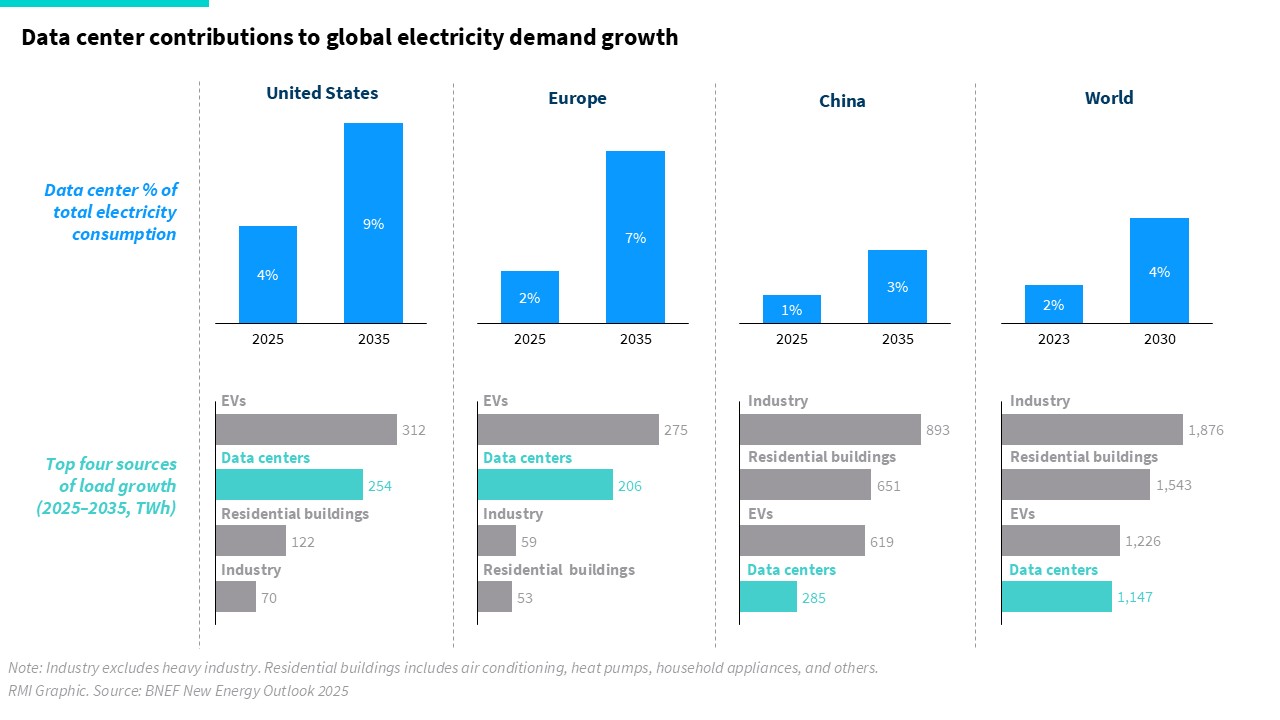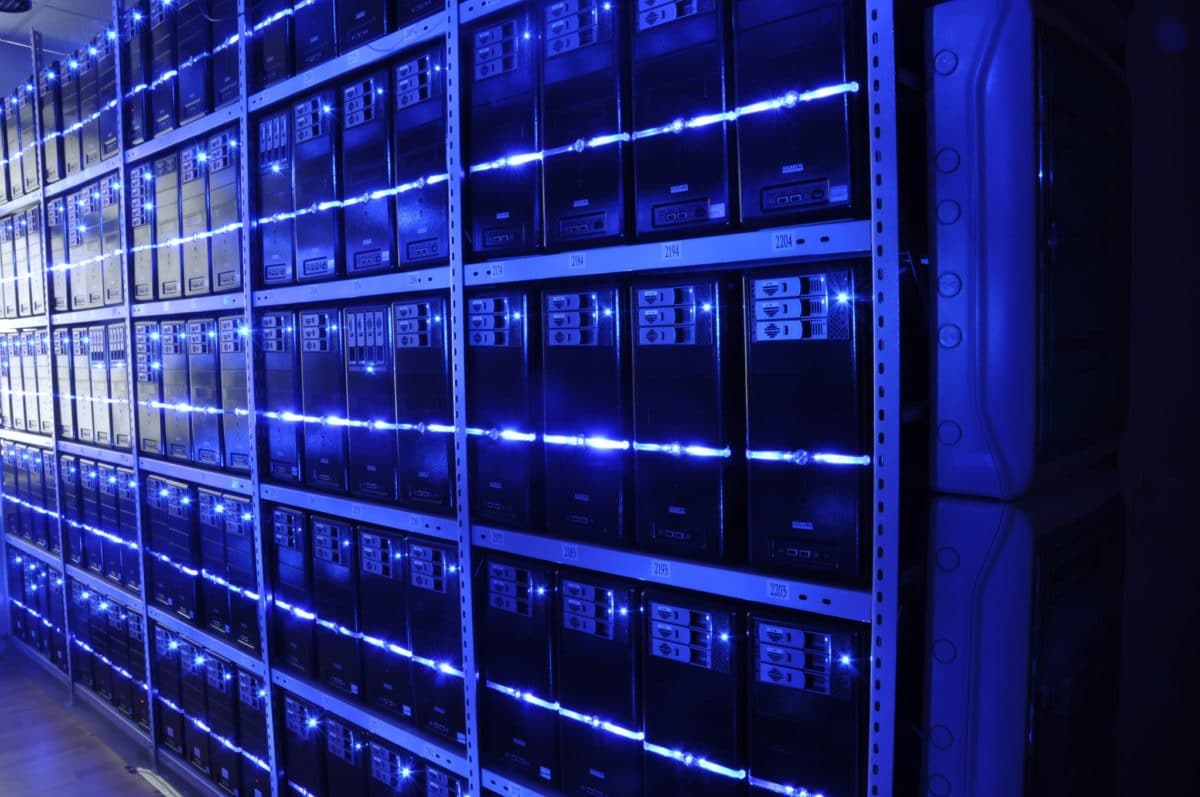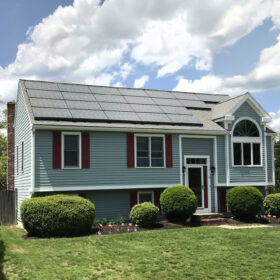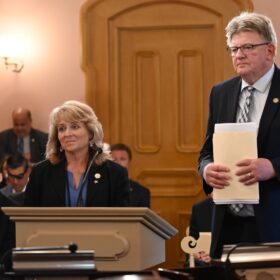While the energy demands from new data centers are being felt across the grid, there remains disagreement on how much new generating capacity is needed to meet requirements. According to some estimates, depending on the scenario, electricity demand from data centers could double or triple by 2028 from 2023 levels: a range of 70 GW to 120 GW of new generating capacity needed.
If it triples, that would be 12% of the nation’s total electricity generation.
A new report from clean energy consultancy RMI cautioned that utilities should not rush into new generation expansion projects or delay the decommissioning of aging fossil fuel sources. The industry is not particularly adept at forecasting demand, the authors said, and this has consequences. Ratepayers carry additional burdens and clean energy targets are missed.

“Historically, utilities have had a track record of over-forecasting: in the United States, utilities over-forecast 10-year demand growth by more than 17% between 2006 and 2023,” the report said, adding that “systemic over-forecasting” has caused utilities to spend billions of dollars building power plants for load that did not materialize.
A recent report by Harvard researchers said utilities eager for new data center business may shift burdens to ratepayers through a combination of specialized contracts, regulatory loopholes and private interconnection provisions.
According to RMI, the risks of overestimating new generation requirements will increase with market uncertainties about exactly how artificial intelligence, cloud computing and other data-center development drivers will affect actual demand. Individual projects may not come to fruition; advances in hardware and software efficiency may be more energy efficient; and distributed, more focused AI services may be built to run specific tasks with fewer resources.
Utilities are already building new natural gas plants in preparation for this uncertain data center demand, the RMI report said. In some regions, utilities are also extending the life of coal-fired power plants that would otherwise have been phased out.

Rather than burdening ratepayers with unneeded generating capacity and letting clean energy goals go by the wayside, the report authors propose alternatives to “panic” expansion programs. RMI suggested a more responsible approach to managing load growth, which includes:
- Reduce the energy data centers use in the first place;
- Enhance flexibility of when and where data centers use energy;
- Deliver energy supply fast, modularly, reliably, and at lower cost; and
- Ensure the energy supply is right-sized to confirmed loads rather than speculative ones.
On the energy efficiency side, data center design and site placement can improve cooling requirements, which the report says account for 20% of data center energy usage. In addition, hardware and software improvements historically have enabled the information technology sector to consume less energy than expected. There is no reason not to expect this trend to continue, the report said.
While much has been made of data centers’ inflexible requirements for 24/7 operation, in practice some flexibility can be found. According to the report, AI training and machine learning are less time-sensitive than traditional data center workloads and can tolerate brief interruptions. Many data center operations can be moved to times of less grid demand. Also, proper management of grid usage and onsite storage can mitigate demand.
Renewable energy can also play an important role in data center project planning. According to the International Energy Agency, half of the global growth in data center demand is met by renewables, supported by storage. The RMI report said that solar and onshore wind, combined with battery storage, is the cheapest and fastest way to meet new demand, with typical project lead time of less than two years compared with natural gas plants at three to four years.
Data center projects with “bring your own power” arrangements with renewables developers are another innovative way forward.
RMI said, “Pairing data centers with new renewable energy and battery storage, using an existing generator point of interconnection, could rapidly satisfy over 50 GW of new data center load in the United States.”
This content is protected by copyright and may not be reused. If you want to cooperate with us and would like to reuse some of our content, please contact: editors@pv-magazine.com.









Another useful reference is my May 2025 essay “Artificial Intelligence Meets Natural Stupidity: Managing the Risks,” at ai-electricity.stanford.edu. Related recent summaries are in Public Utilities Fortnightly, 3 Sep 2025, and in Utility Dive, 5 Sep 2025.